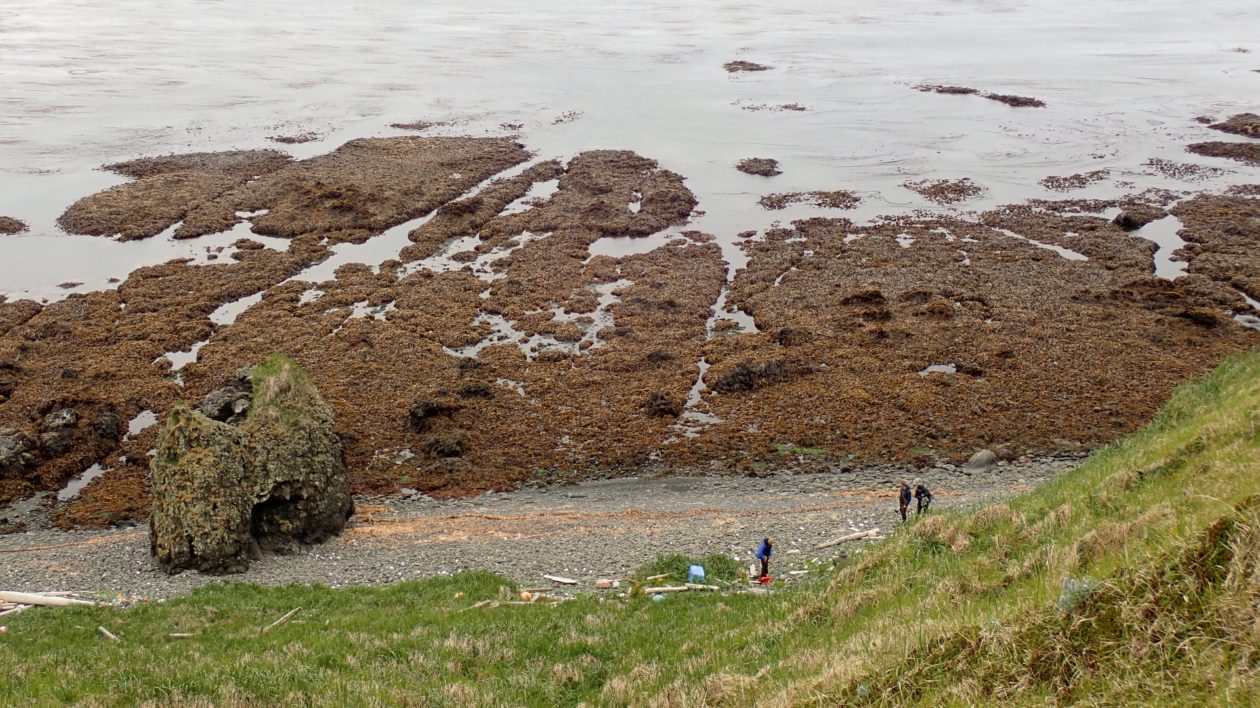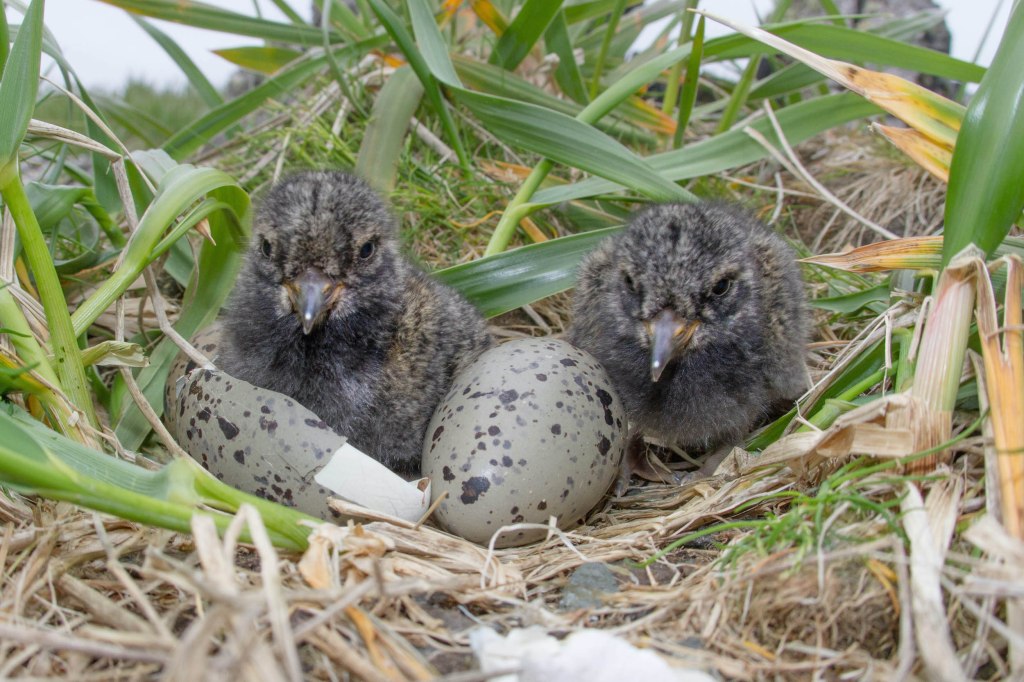A decade-long study from Alaska’s Aleutian Islands finds that eradicating invasive rodents helps restore both seabird populations and marine ecosystem health.
The Gist
Researchers examined the ecological impacts of rat eradication on Hawadax Island, in Alaska’s Aleutian Islands. They measured abundance of shorebirds and rocky intertidal species prior to eradication efforts in 2008, and then five and 11 years post-eradication.
Their results, published recently in Nature Scientific Reports, show that shorebirds began returning to the island within five years, resuming their roles as apex predators. It took 11 years for the inter-tidal communities to begin returning to a natural state, where bird populations controlled intertidal invertebrates, leading to an increase in algae cover.
“Island recovery is a trajectory,” says Nick Holmes, a scientist with The Nature Conservancy and author on the paper. “These inter-tidal communities on Hawadax are now looking more like islands where rats never occurred, which is a terrific indicator of advanced recovery.”
The Big Picture
For island species, rats bring destruction in their wake. Invasive rodents are estimated to be on about 90 percent of Earth’s islands, while invasive predators (including rodents) are implicated in nearly 60 percent of all modern global extinctions.
Norway rats (Rattus norvegicus) arrived on Hawadax Island in the 1780s, when a Japanese ship ran aground on the rocky shore. They quickly displaced seabirds as the apex predator, overwhelming Hawadax to the degree that it was known as Rat Island until 2012, when it was restored to its traditional Unangan name.
The rats devastated populations of both land birds and shorebirds, including grey-crowned rosy finch, glaucous-winged gull, and black oystercatchers. But the loss of birds was just the first step in a cascade of ecological disruption: With avian predators gone, populations of sea urchins, isopods, limpets, and snails increased, and they, in turn, feasted on algae on the island’s rocky shores.
In 2008, the US Fish & Wildlife Service, The Nature Conservancy, and Island Conservation successfully eradicated rats from Hawadax Island. (Another invasive, the Arctic fox, was eradicated earlier in the 1980s.)

The Takeaway
Eradicating invasive species is the bedrock of many island conservation strategies. Since 1950, the global conservation community has conducted more than 900 successful animal eradications on nearly 800 islands.
Rat eradication is simple, and it works. Remove the invasive predator, and the prey will rebound. But what about the rest of the island ecosystem? “There’s been a lot of great studies on rat eradication changes to native vertebrates — like seabirds — but not as many on the indirect effects,” says Holmes. “For the Aleutian Islands, these results tell us if all the islands could be rat free, we can be confident we will vastly improve the health of marine habitats, too.”
This research is one of the few long-term monitoring projects to examine how rat eradication can impact marine ecosystem health. “Studies like these are a scary reminder of just how much a rat population can modify an entire ecosystem,” says Holmes. “But they are also hopeful because they show that simple changes can course-correct whole ecosystem processes.”
Holmes points to other islands, where TNC and their partners eradicated invasive rats (Palmyra Atoll) and feral pigs (Santa Cruz Island). Ongoing research in both locations is revealing far-reaching impacts, including the recovery of native vegetation that provides critical habitat for dependent native species.




Thanks for letting us know about the success of this important work. I need to learn more about rats, which are native (wood rats?) and whether the general opinion that all rats and rodents are bad.
My husband was stationed on the Aleutian Island of Shemya back in the late 50s, and he enjoyed seeing the little foxes on the island. He never mentioned rats on that island; I wonder if they were troublesome there, too. Anyway, he never thought of what their presence meant to the natural inhabitants (birds).